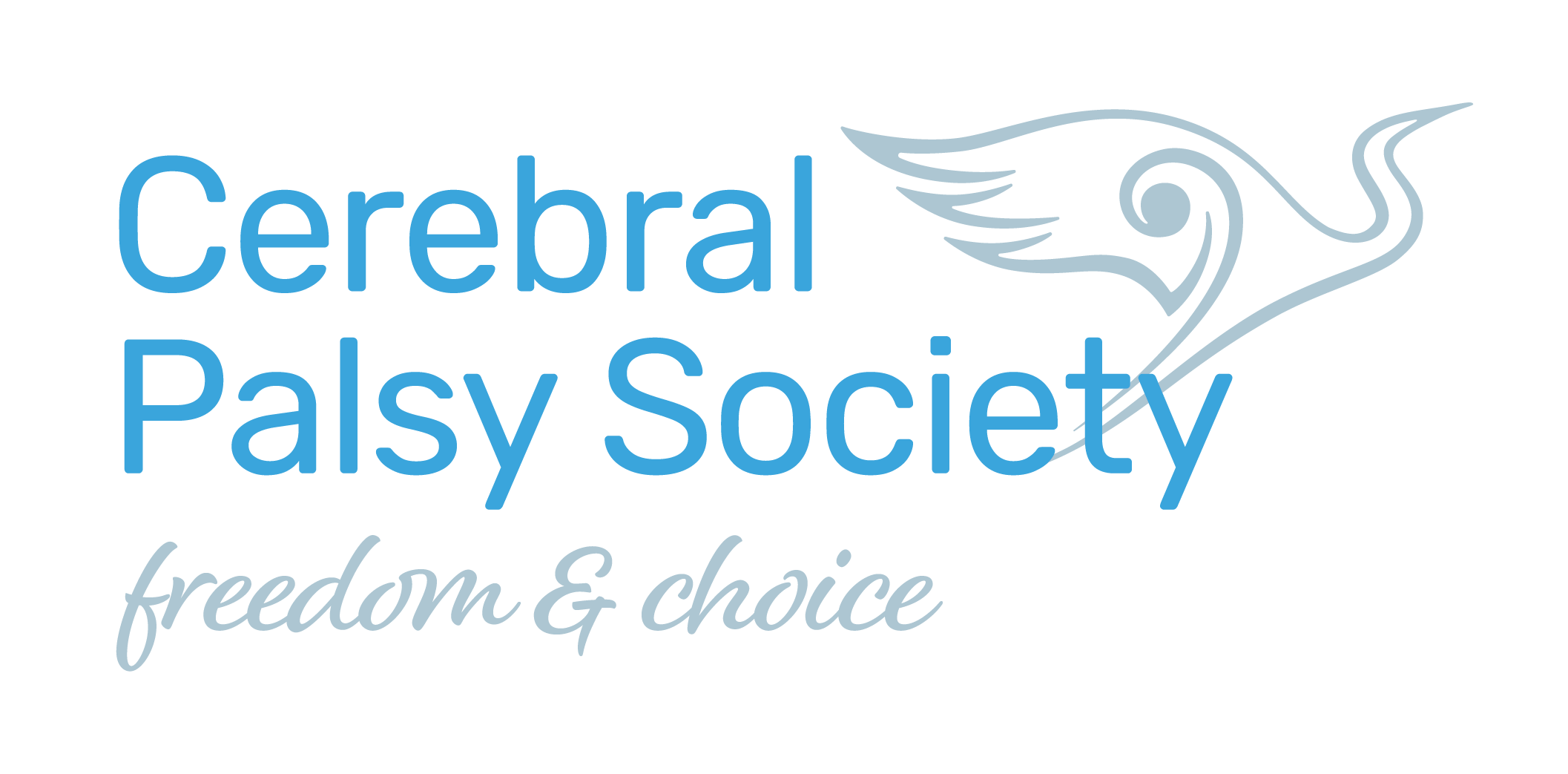NEWS & UPDATES
Iona Novak Seminars Wrap-Up
27 Aug 2019
Written by CPS Head of Research Amy Hogan
The Cerebral Palsy Society was privileged to host Iona Novak for two research seminars at the beginning of August.
Professor Novak is one of the most prominent cerebral palsy researchers in the world and is known for her extensive research into the effectiveness of different treatments for CP symptoms and the inflammation in the brain that causes the initial damage.
The core message of both Iona’s talks is that there is reason to hope within the CP community. CP research and CP science is expanding at a rapid rate with three hundred (300) new treatments, interventions and adaptations being tested throughout the world. The brain injury that results in cerebral palsy is no longer seen as permanent and unchanging. Interventions can occur at any age and with any level of cerebral palsy.
Iona Novak’s work is centred on different interventions falling into categories. These include improving skill set, adaptation of the environment, and prevention of injury. CP is a multi-layered and complex condition, therefore, interventions need to reflect a broad range of approaches. The most important elements of these interventions is to address CP complications that have significant impact on people’s daily lives, such as the fact that 3 out of 4 individuals experience some level of pain.
- There are six active trials for stem cells, ranging from newborn to adults with CP (32 years).
- Interventions at all levels of cerebral palsy are gradually reducing the rate of cerebral palsy (30% reduction), the severity of the condition, and the complications.
- The strongest research evidence is for CP interventions that actively involve muscle movements and activity as opposed to passive manipulation of the joints. This is particularly the case for addressing complications like hemiplegia.
- CPA is reviewing hundreds of different treatments for their efficacy and is about to publish a revised version of their CP treatment overview. CPA is reassuring the “traffic light system” looking at the efficacy and research evidence behind different CP treatments and interventions. “Green” has a comprehensive large body of evidence. “Orange” has some evidence and is a good idea in theory but lacks the robustness of clinical trials. “Red” is problematic and requires large interventions from families for very little gains.
The key definition of a treatment from Iona’s perspective is the following:
- What it’s involved for the individual and family;
- Where it is based (can the environment be adapted for home or close to the home environment?);
- How many hours it’s involved for the treatment to see results and over what time period;
- What level and type of CP the treatment is suited for.

